Cumulus Basics Part VII – VXLAN routing – asymmetric IRB
In this post, we look at VXLAN routing with asymmetric IRB on Cumulus Linux.
In this post, we look at VXLAN routing with asymmetric IRB on Cumulus Linux.
In this post, we introduce BGP EVPN and a VXLAN fabric in Cumulus Linux, with L2VNIs.
In this post, we’ll look at BGP unnumbered on Cumulus Linux.
In this post, we introduce BGP on Cumulus Linux.

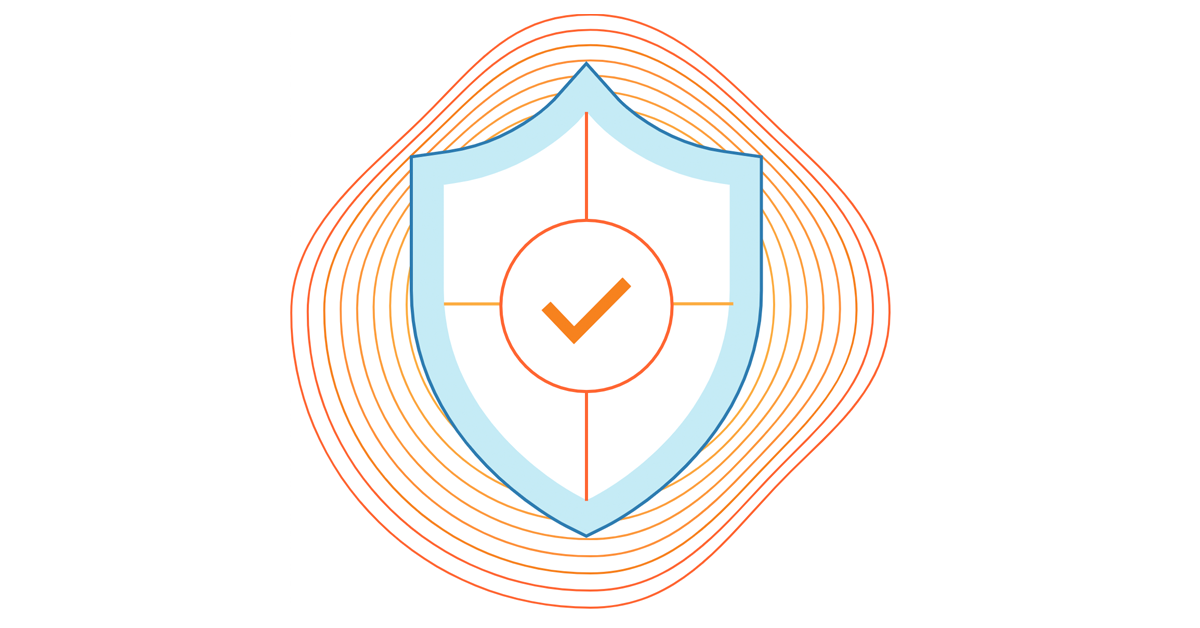
A zero-day exploit affecting the popular Apache Log4j utility (CVE-2021-44228) was made public on December 9, 2021 that results in remote code execution (RCE).
This vulnerability is actively being exploited and anyone using Log4j should update to version 2.15.0 as soon as possible. The latest version can already be found on the Log4j download page.
If updating to the latest version is not possible, customers can also mitigate exploit attempts by setting the system property "log4j2.formatMsgNoLookups" to “true”; or by removing the JndiLookup class from the classpath. Java release 8u121 also protects against this remote code execution vector.
Customers using the Cloudflare WAF can also leverage three newly deployed rules to help mitigate any exploit attempts:
| Rule ID | Description | Default Action |
|---|---|---|
100514 (legacy WAF)6b1cc72dff9746469d4695a474430f12 (new WAF) |
Log4j Headers | BLOCK |
100515 (legacy WAF)0c054d4e4dd5455c9ff8f01efe5abb10 (new WAF) |
Log4j Body | LOG |
100516 (legacy WAF)5f6744fa026a4638bda5b3d7d5e015dd (new WAF) |
Log4j URL | LOG |
The mitigation has been split across three rules inspecting HTTP headers, body and URL respectively.
Due to the risk of false positives, customers should immediately review Firewall Event logs and switch the Log4j Body and URL rules to BLOCK if none are found. Continue reading
After the (in)famous October 2021 Facebook outage, Corey Quinn invited me for another Screaming in the Cloud chat, this time focusing on what went wrong (hint: it wasn’t DNS or BGP).
We also touched on VAX/VMS history, how early CCIE lab exams worked, how BGP started, why there are only 13 root name servers (not really), and the transition from networking being pure magic to becoming a commodity. Hope you’ll enjoy our chat as much as I did.
After the (in)famous October 2021 Facebook outage, Corey Quinn invited me for another Screaming in the Cloud chat, this time focusing on what went wrong (hint: it wasn’t DNS or BGP).
We also touched on VAX/VMS history, how early CCIE lab exams worked, how BGP started, why there are only 13 root name servers (not really), and the transition from networking being pure magic to becoming a commodity. Hope you’ll enjoy our chat as much as I did.
In this post, we will look at an introduction to routing on Cumulus Linux, with static routing and OSPF.

Fannie Mae is one of the largest financial institutions in the world with $4.2 trillion in mortgage volume. …
Fannie Mae Moves More Mission-Critical Mortgage Work to AWS was written by Nicole Hemsoth at The Next Platform.
Since its inception in 2009 as a provider of all-flash systems, Pure Storage has carefully put together a portfolio that has many of the storage bases in the datacenter covered. …
Pure Storage Takes On Tier 1 Storage With FlashArray//XL was written by Jeffrey Burt at The Next Platform.
When you have a massively distributed computing job that can take months to run across thousands to hundreds of thousands of compute elements, one software hardware or software crash can mean losing an enormous amount of work. …
Memory Snapshots Bring Checkpointing Into The 21st Century was written by Timothy Prickett Morgan at The Next Platform.
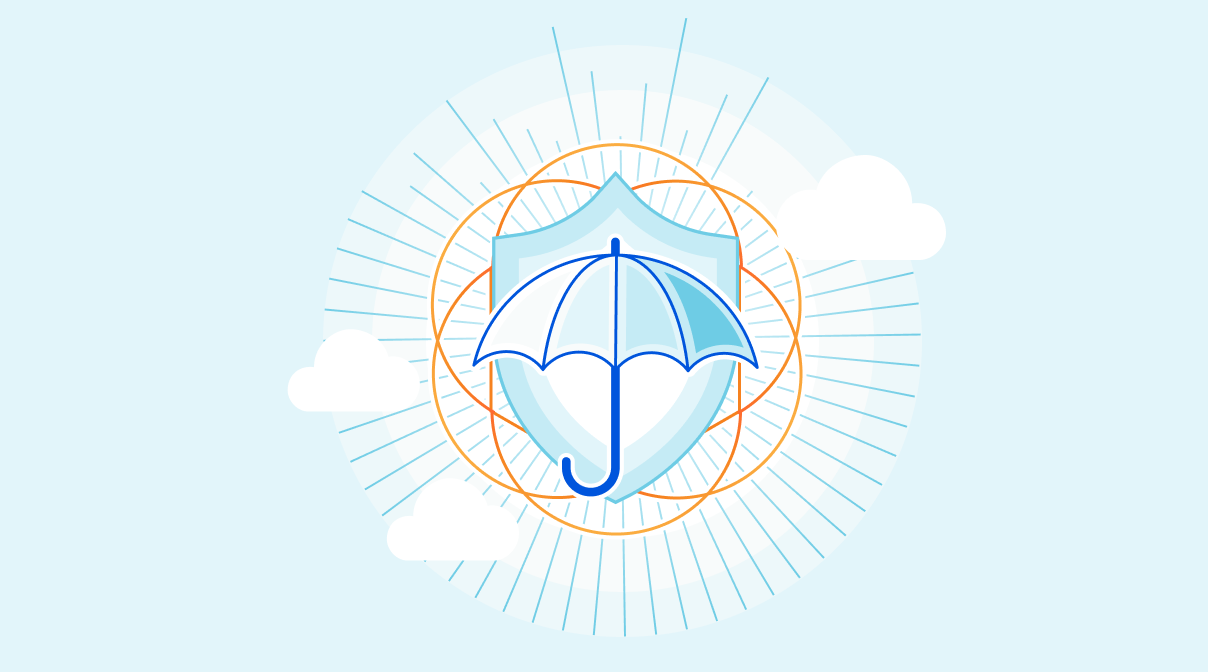
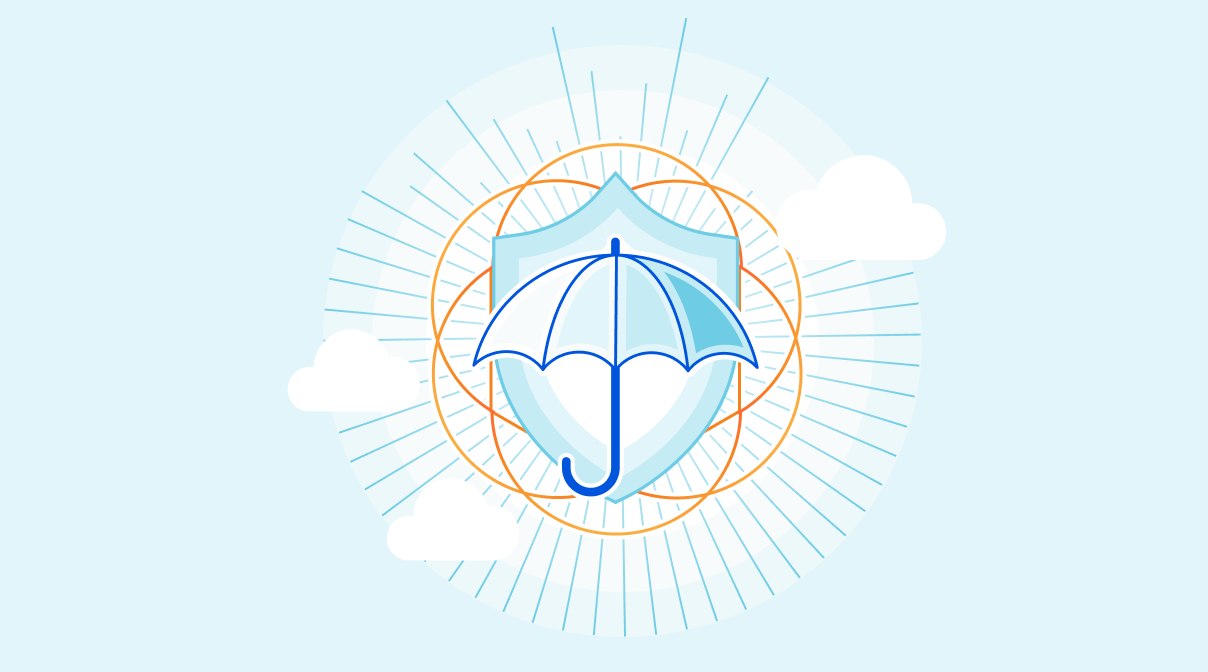
We are excited to announce our cyber risk partnership program with leading cyber insurance carriers and incident response providers to help our customers reduce their cyber risk. Cloudflare customers can qualify for discounts on premiums or enhanced coverage with our partners. Additionally, our incident response partners are partnering with us for mitigating under attack scenarios in an accelerated manner.
Let's start with security and insurance — e.g., being a homeowner is an adventure and a responsibility. You personalize your home, maintain it, and make it secure against the slightest possibility of intrusion — fence it up, lock the doors, install a state of the art security system, and so on. These measures definitely reduce the probability of an intrusion, but you still buy insurance. Why? To cover for the rare possibility that something might go wrong — human errors, like leaving the garage door open, or unlikely events, like a fire, hurricane etc. And when something does go wrong, you call the experts (aka police) to investigate and respond to the situation.
Running a business that has any sort of online presence is evolving along the same lines. Getting the right Continue reading
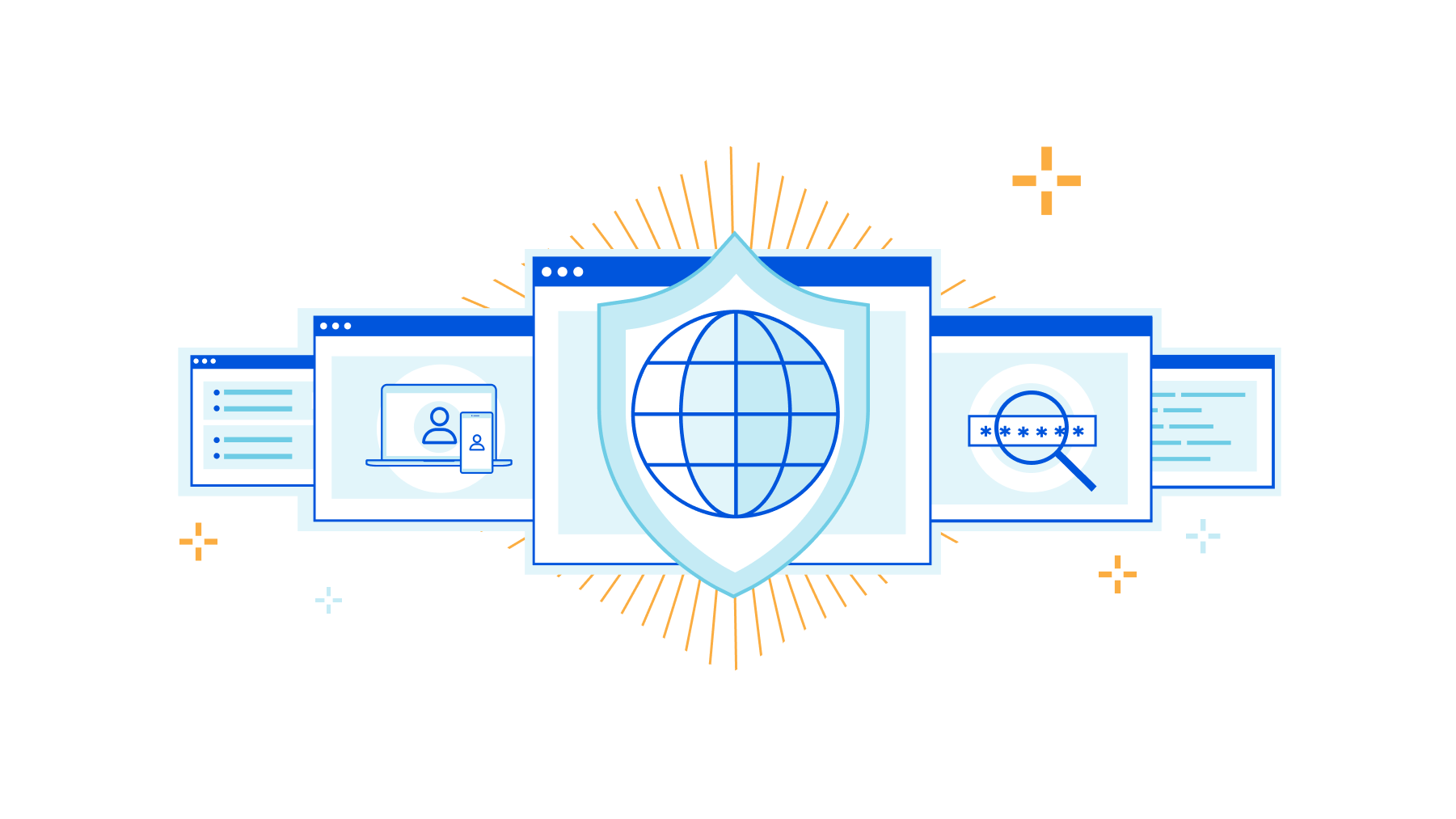
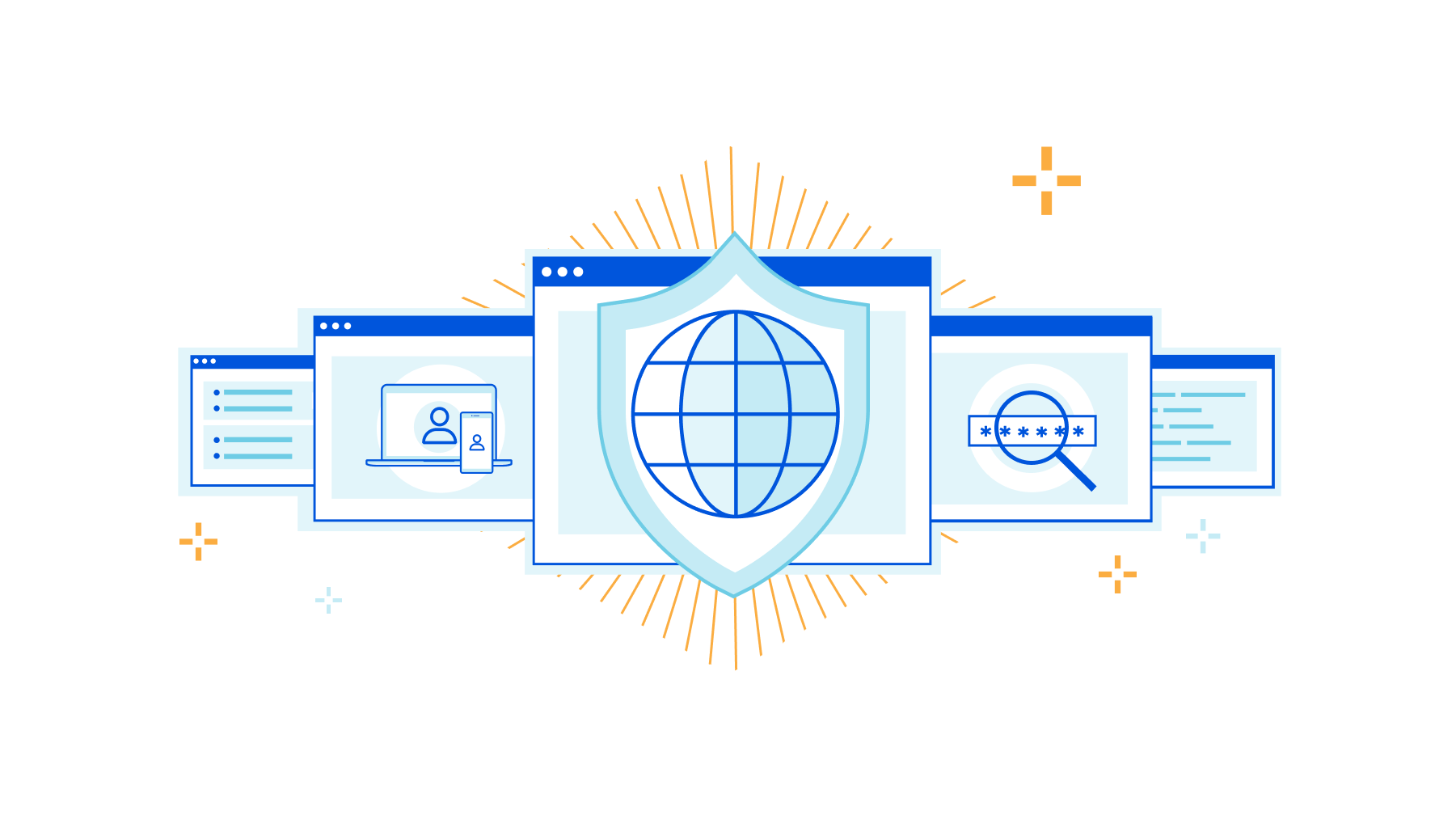
Today we are launching Cloudflare Security Center, which brings together our suite of security products, our security expertise, and unique Internet intelligence as a unified security intelligence solution.
Cloudflare was launched in 2009 to help build a better Internet and make Internet performance and security accessible to everyone. Over the last twelve years, we’ve disrupted the security industry and launched a broad range of products to address our customer’s pain points across Application Security, Network Security, and Enterprise Security.
While there are a plethora of solutions on the market to solve specific pain points, we’ve architected Cloudflare One as a unified platform to holistically address our customers’ most pressing security challenges. As part of this vision, we are extremely excited to launch the public beta of Security Center. Our goal is to help customers understand their attack surface and quickly take action to reduce their risk of an incident.
Starting today, all Cloudflare users can use Security Center (available in your Cloudflare dashboard) to map their attack surface, review potential security risks and threats to their organizations, and mitigate these risks with a few clicks.
A year ago, we announced Cloudflare One to address Continue reading
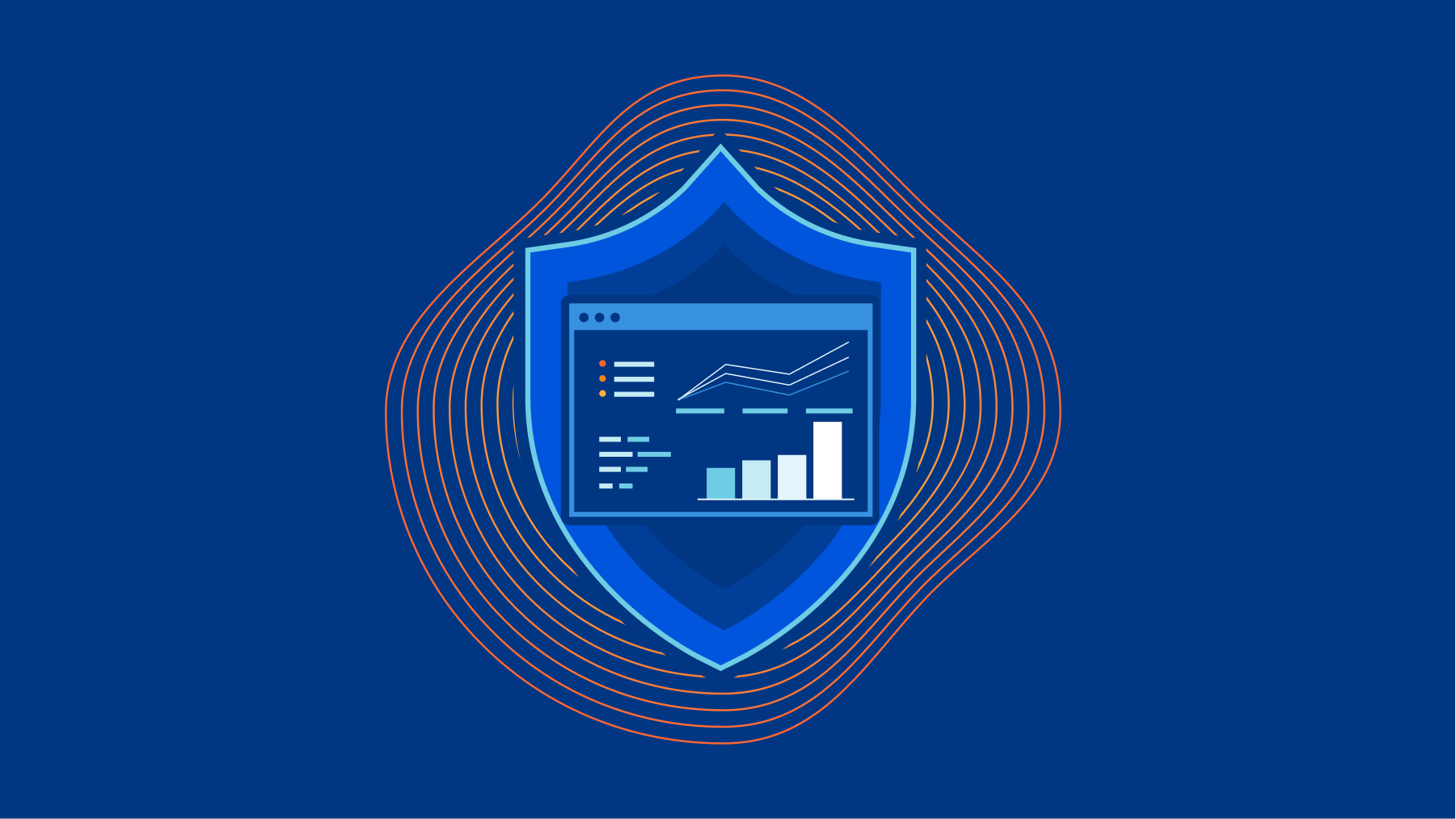
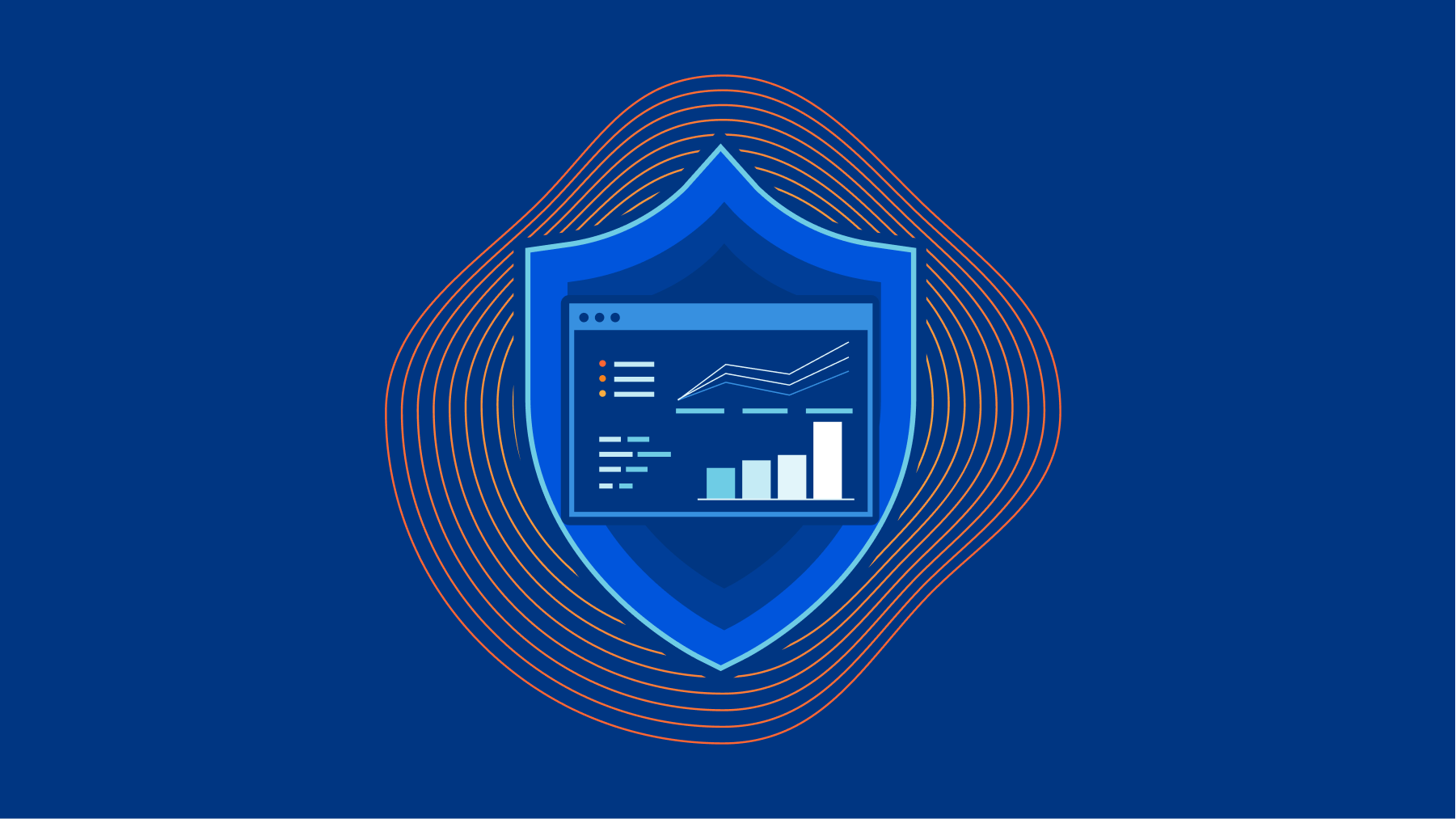
SaaS application usage has exploded over the last decade. According to Gartner, global spending on SaaS in 2021 was $145bn and is forecasted to reach $171bn in 2022. A key benefit of SaaS applications is that they are easy to get started with and either free or low cost. This is great for both users and leaders — it’s easy to try out new tools with no commitment or procurement process. But this convenience also presents a challenge to CIOs and security teams. Many SaaS applications are great for a specific task, but lack required security controls or visibility. It can be easy for employees to start using SaaS applications for their everyday job without IT teams noticing — these “unapproved” applications are popularly referred to as Shadow IT.
CIOs often have no visibility over what applications their SaaS employees are using. Even when they do, they may not have an easy way to block users from using unapproved applications, or on the contrary, to provide easy access to approved ones.
In an office, it was easier for CIOs and their teams to monitor application usage in their organization. Mechanisms existed to inspect outbound DNS Continue reading

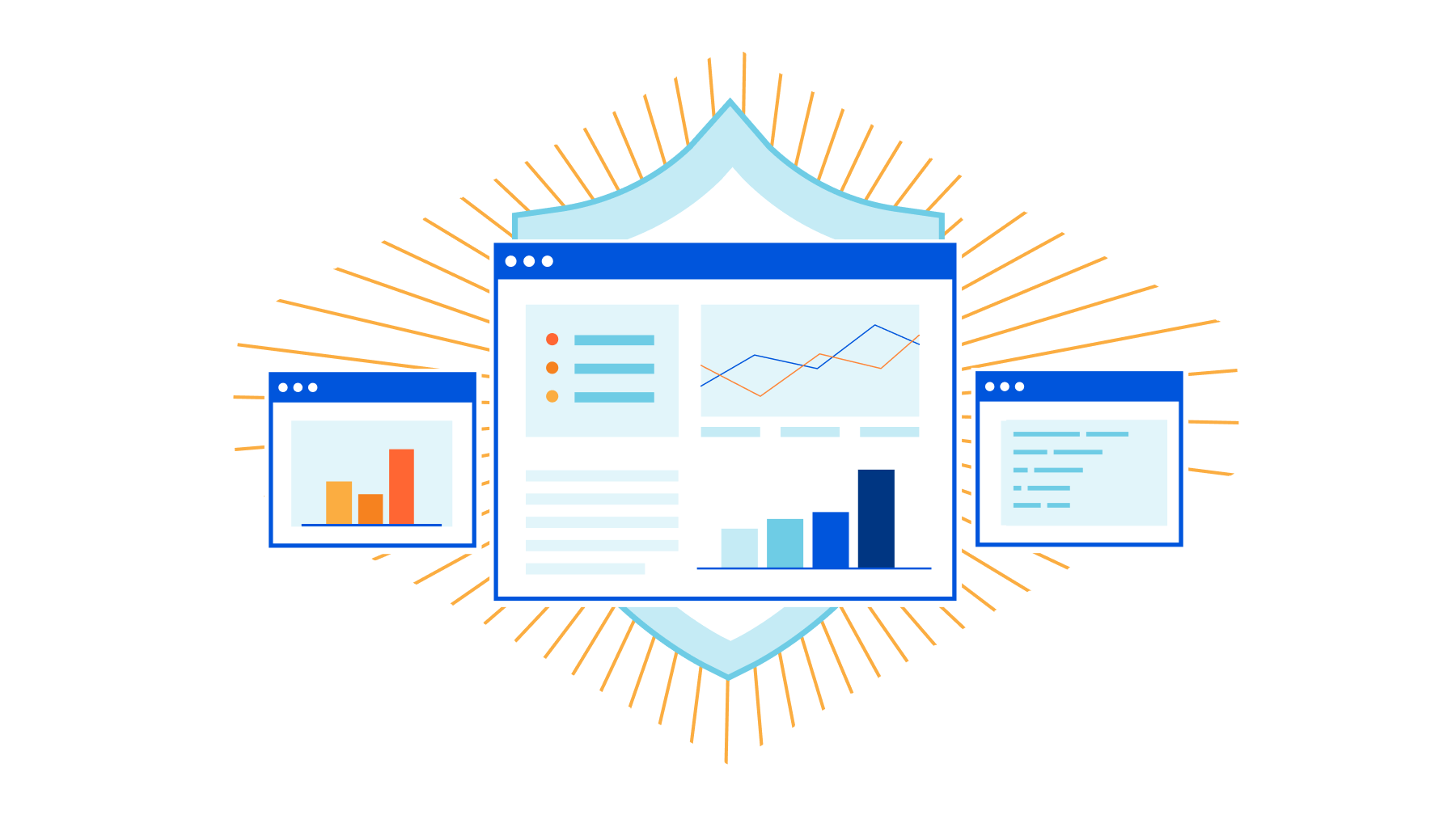
After initially providing our customers control over the HTTP-layer DDoS protection settings earlier this year, we’re now excited to extend the control our customers have to the packet layer. Using these new controls, Cloudflare Enterprise customers using the Magic Transit and Spectrum services can now tune and tweak their L3/4 DDoS protection settings directly from the Cloudflare dashboard or via the Cloudflare API.
The new functionality provides customers control over two main DDoS rulesets:
To learn more, review our DDoS Managed Ruleset developer documentation. We’ve put together a few guides that we hope will be helpful for you: